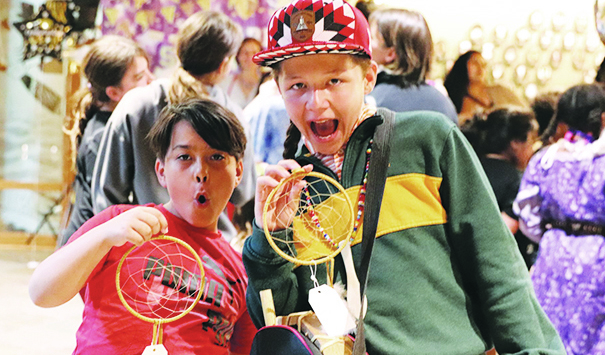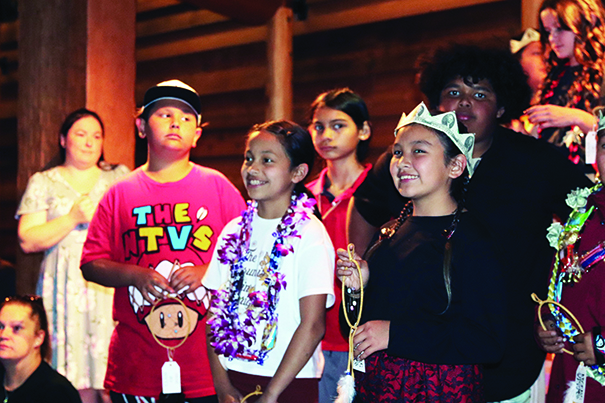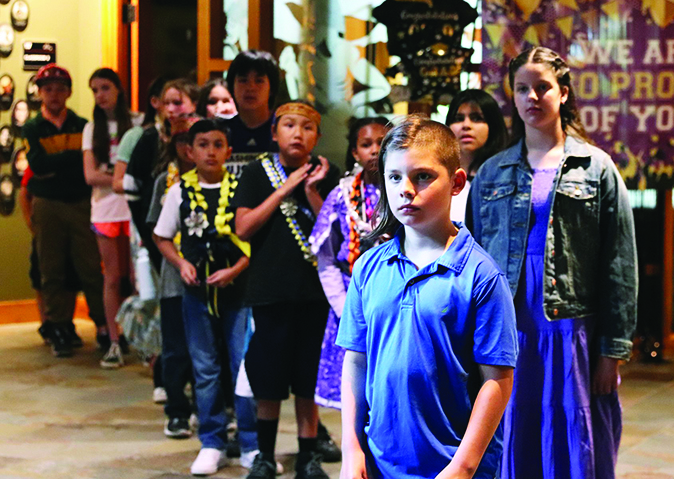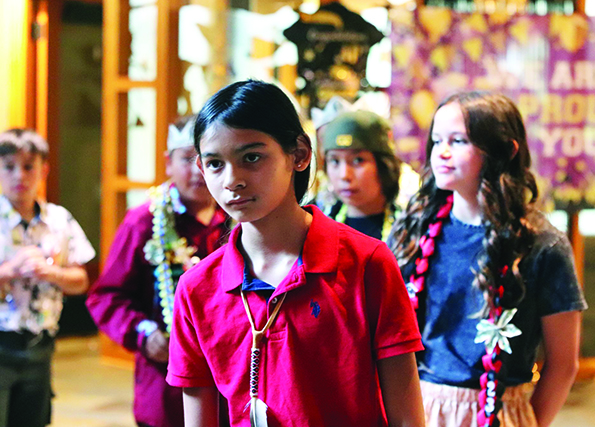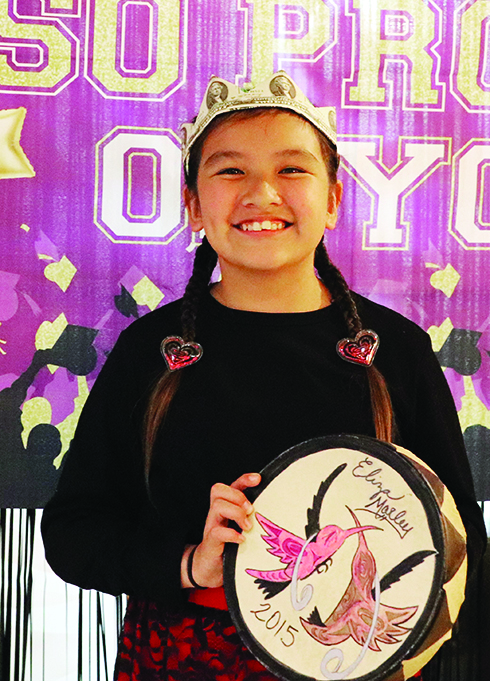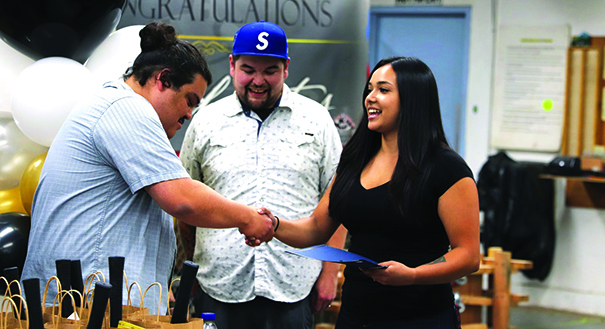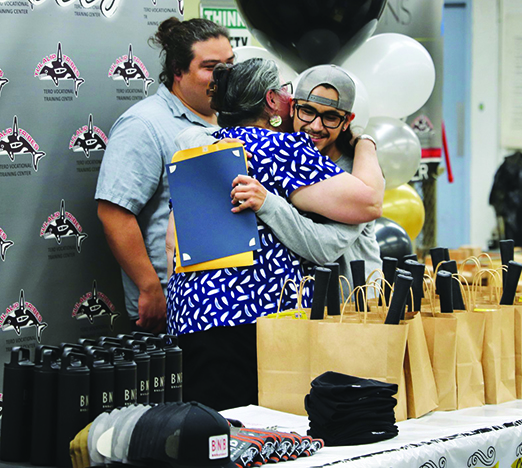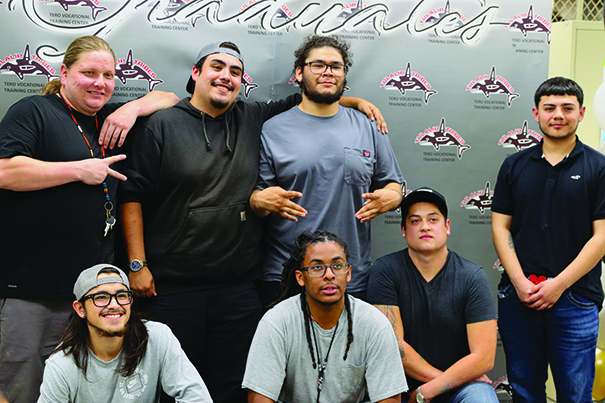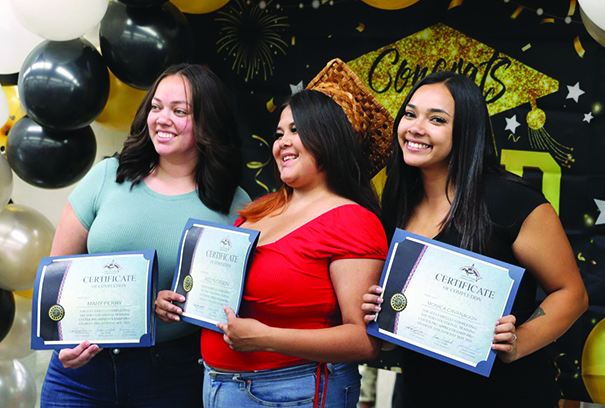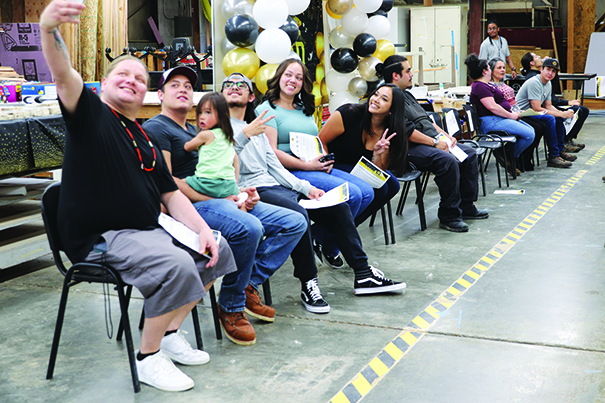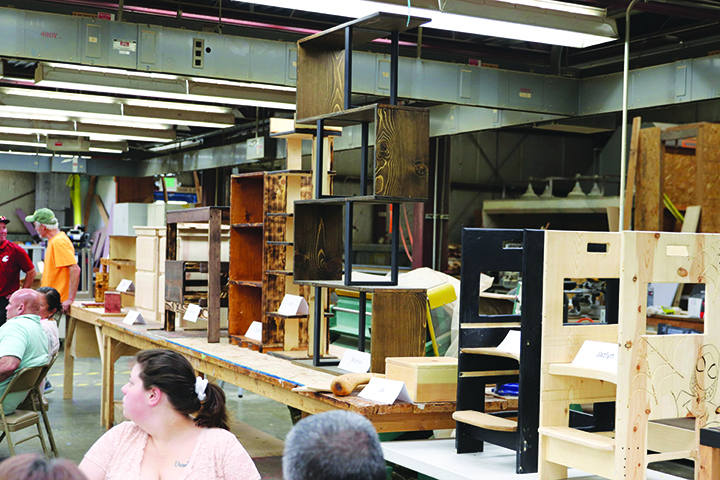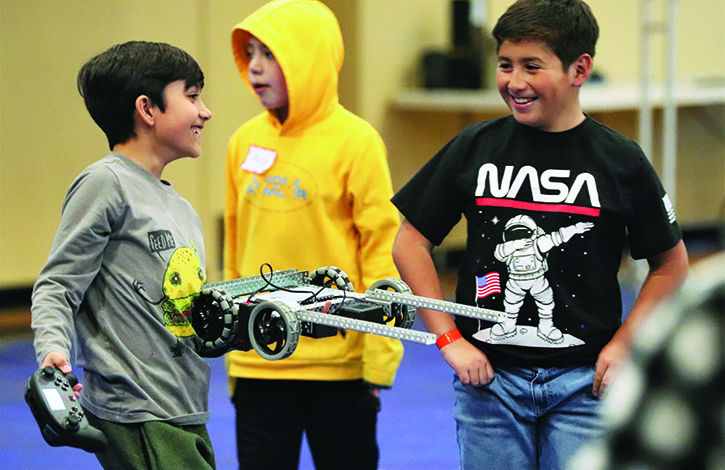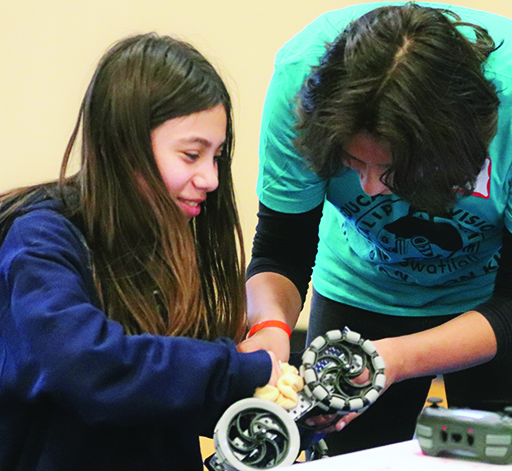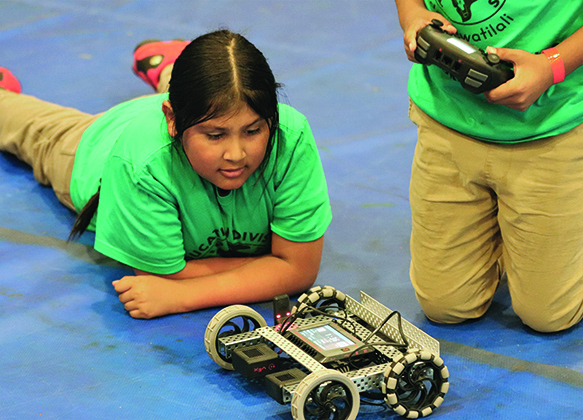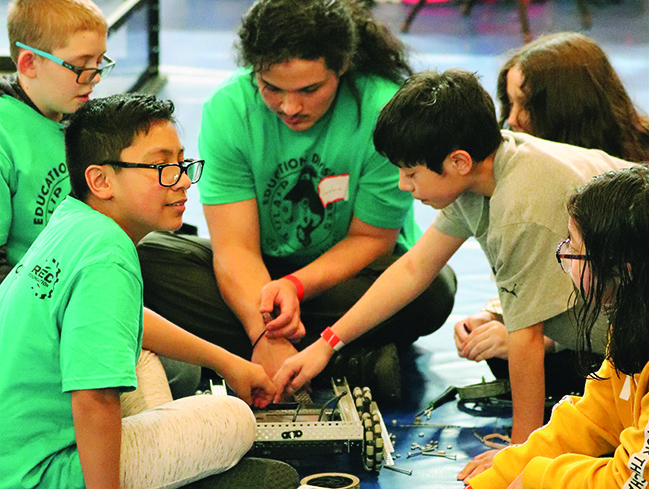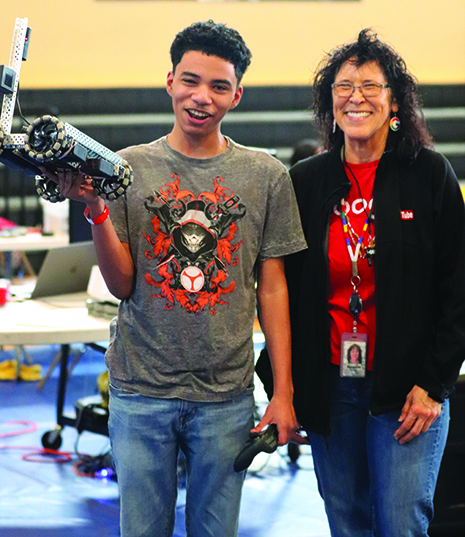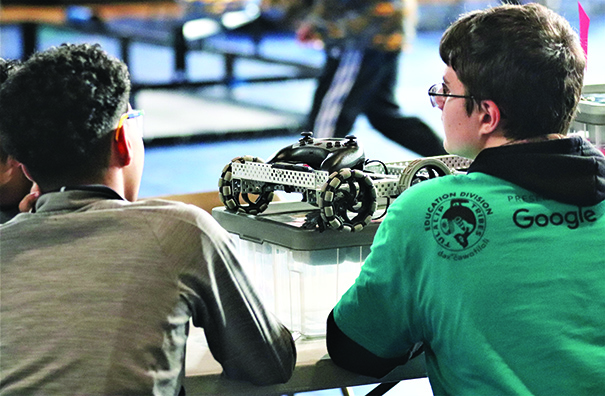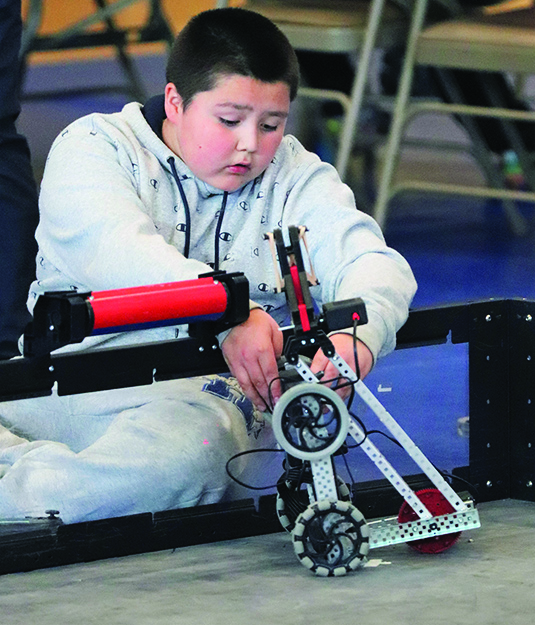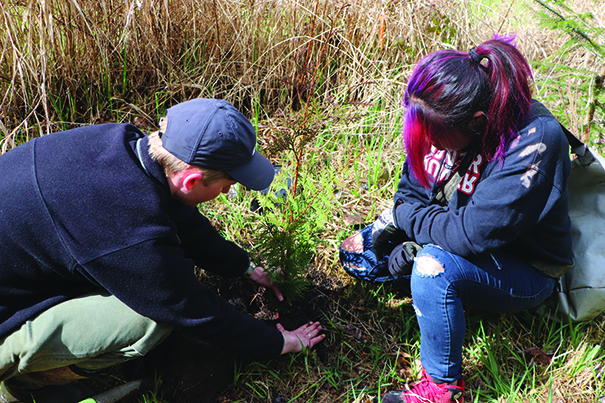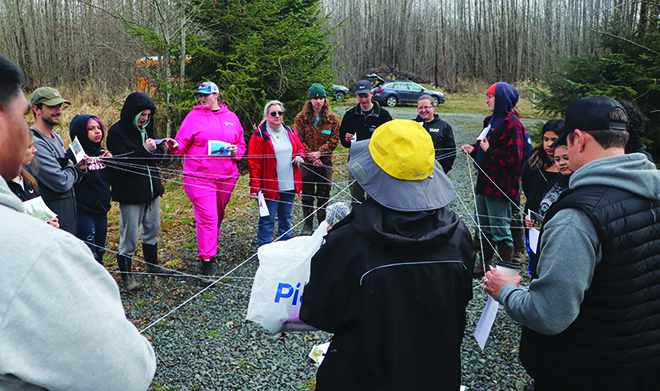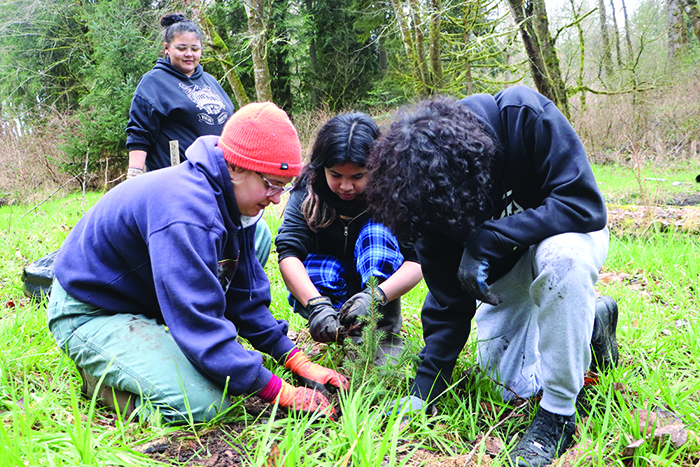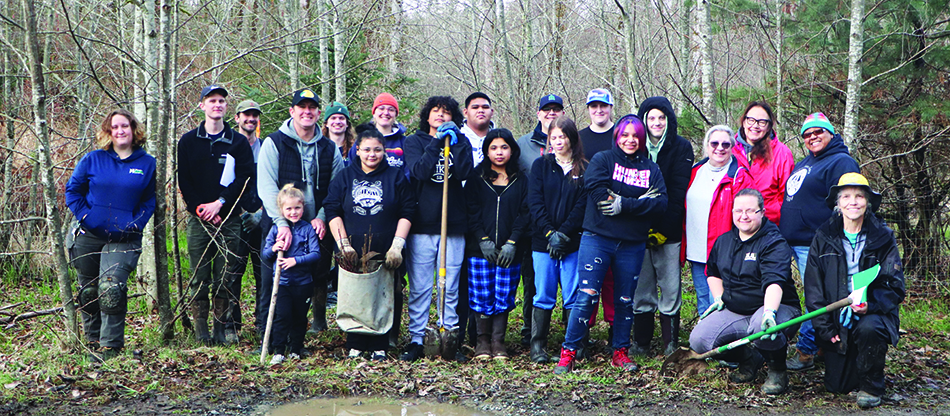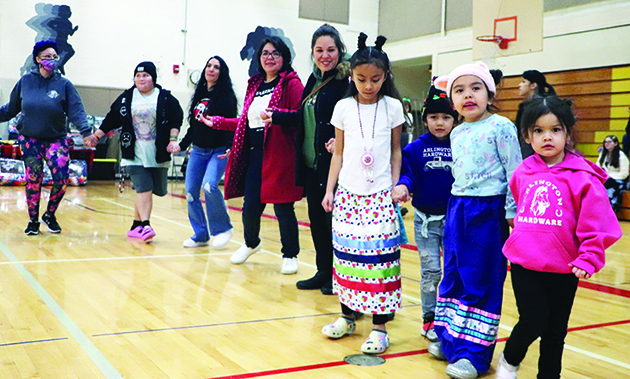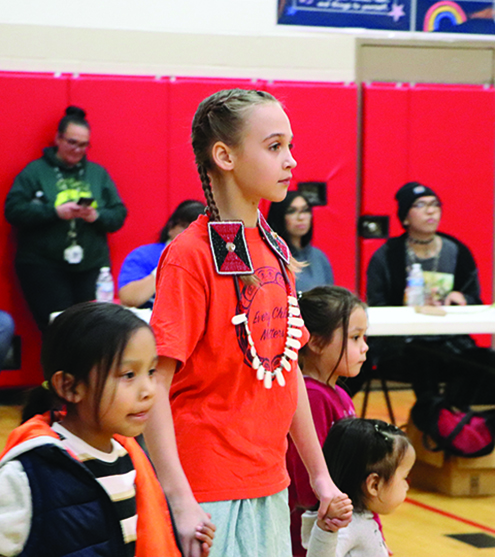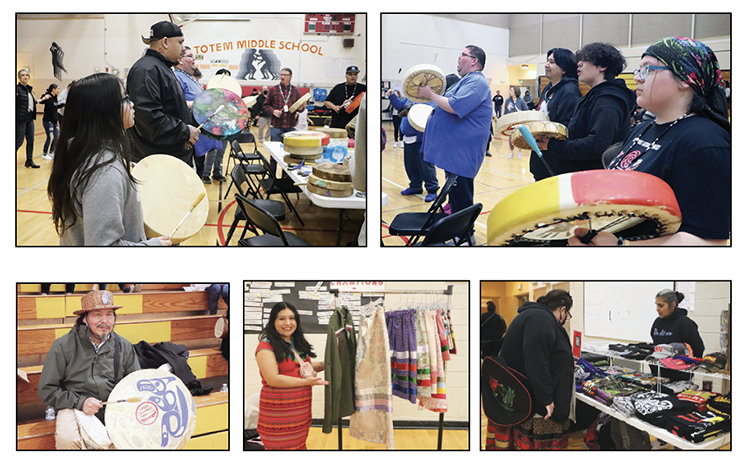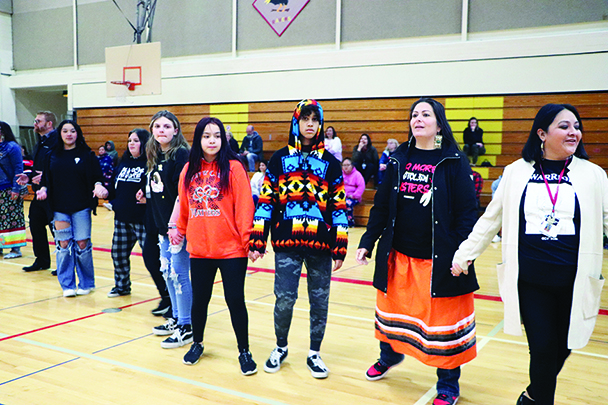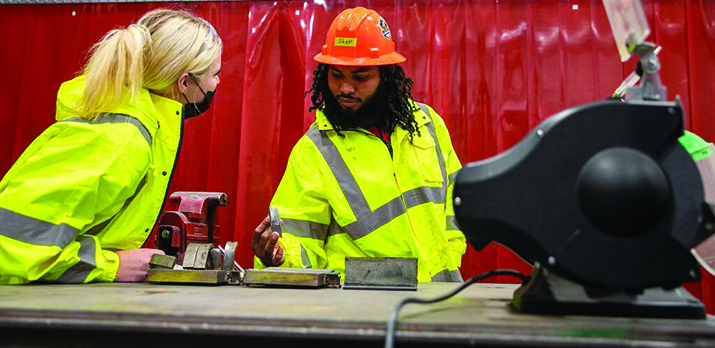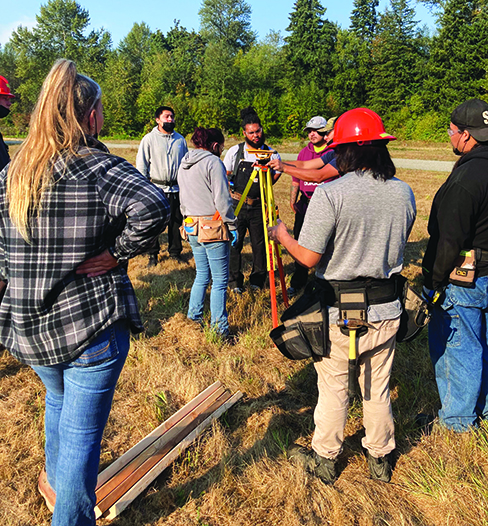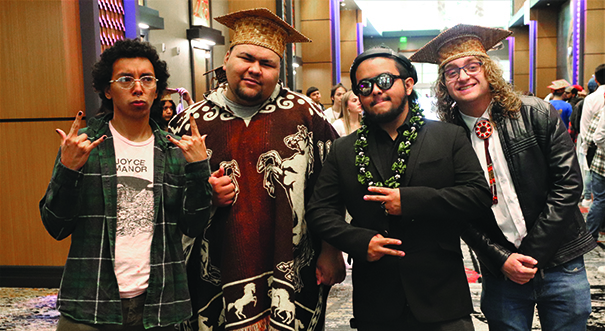
By Micheal Rios, Tulalip News
“Welcome to our 2023 ceremony to celebrate our graduates,” said interim CEO Rochelle Lubbers as she greeted the hundreds of family and friends who ventured to the Tulalip Resort on June 20. “We’re so excited to have you all here. Our hearts are beyond full to be in the same room with our community on such a remarkable occasion.
“Reflecting on all our beautiful students today, I thought about all the different journeys they have taken to get here and how each journey is unique and special. Not a single one had the same walk, but there are some commonalities that they experienced being seniors during a global pandemic. They experienced distance learning and all the challenges with technology that came with that. However, what I’m most impressed with is that they exemplified determination. Our students overcame these challenges and pushed through in whatever way they had to in order to graduate. For that, their entire Tribe is proud of them, and that’s why we’re here to celebrate their wonderful accomplishment.”
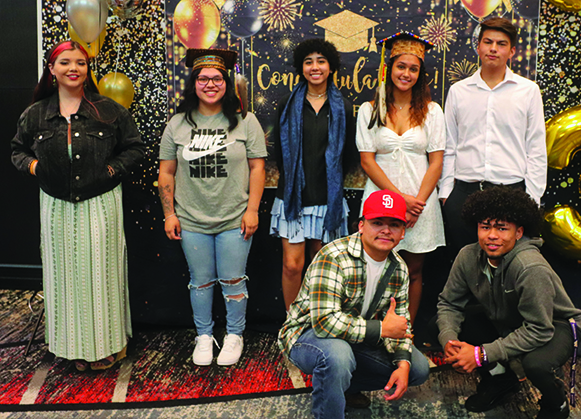
The triumphant atmosphere was profound in the Resort’s Orca Ballroom as the optimistic hopes and limitless dreams of the Class of 2023 took center stage with a stylish graduation banquet.
A whopping sixty-four high school grads, accompanied by their loved ones, convened to commemorate the rite of passage. There were traditional songs sung and drummed, a catered buffet-style dinner, opportunities to immortalize the occasion with a visit to an on-site photo booth, and plenty of motivational words offered by tribal leaders.
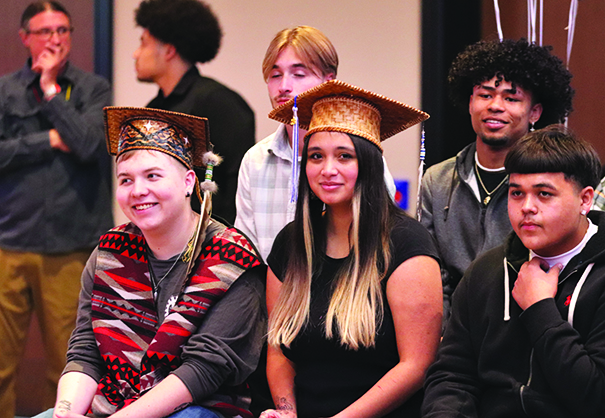
“We couldn’t be more amazed at how resilient this generation is,” said executive director of education Jessica Bustad. “No matter what the challenge, you guys show up and prove over and over again your willingness to adapt and move forward. We’re so excited to see where you go with your future. All of us within the Education Division want to see each of you succeed. We want you to be happy and healthy adults that are serving your community and loving your families. Whether you knew it or not, you’ve been actively reclaiming and revitalizing what education means to our people. So no matter where your destination is from here, I want you never to forget that your accomplishment honors all Indigenous people.”
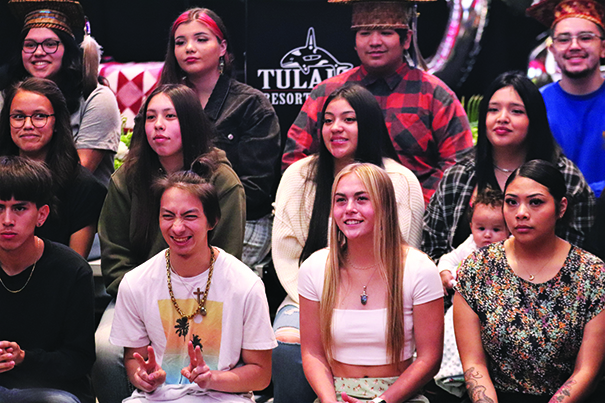
One emphatic message that was repeated throughout the night from graduates, parents, and elders alike was a reminder to the praise-worthy 18-year-olds that receiving a high school diploma is just the first major milestone on their journey to manifesting their dreams into reality.
For some, the dream may be finding a convenient job to establish independence via a one-bedroom apartment, or joining the Tribe’s next TERO vocational training center class in order to enter the construction trades and start building up a pension as a teenager. Of course, there are those newly minted adults eager to start a family of their own. Plus, a few individuals who never thought they’d graduate high school and, now having achieved the seemingly impossible, are searching for their next step.
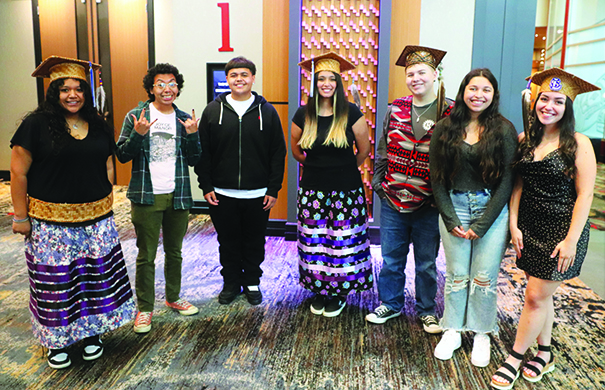
Then there are the awe-inspiring dream chasers. These types of high school grads aren’t satisfied with just one diploma. They want more; more education, more diplomas, and more experiences than what can be found within the boundaries of the Reservation or Snohomish County. These individuals intend to redefine the expectations of success pertaining to Native Americans and the education system.
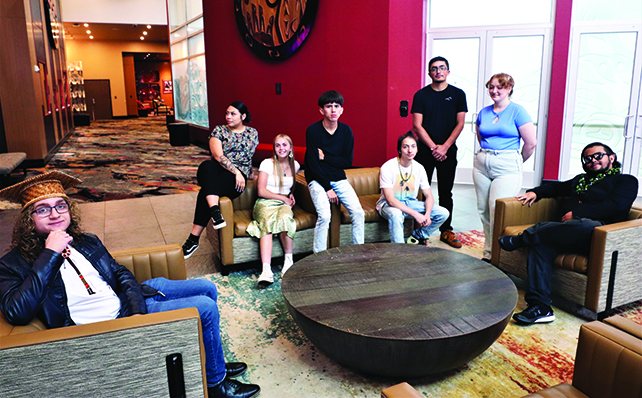
Tulalip citizens Sophia Rosen and Nolan Hegnes embody the dream chaser spirit, and for their impressive body of work accomplished over the past four years, they each earned the coveted title of Student of the Year.
Sophia, Senior Girl of the Year, was described by her Lake Stevens High School educators as sweet, welcoming, capable, trusting, and always going above and beyond. She was also characterized as accountable, trustworthy, and prompt. The Tulalip teenager persevered through mental health struggles her junior year, resulting in a deeper connection with school staff on her healing journey. On her road to graduating with a 3.2 grade point average, she was on the varsity cheer squad, expanded her studies through the Running Start program, attended Leadership classes, and tutored her peers. In the fall, she will proudly attend the University of Washington as a pre-science major.
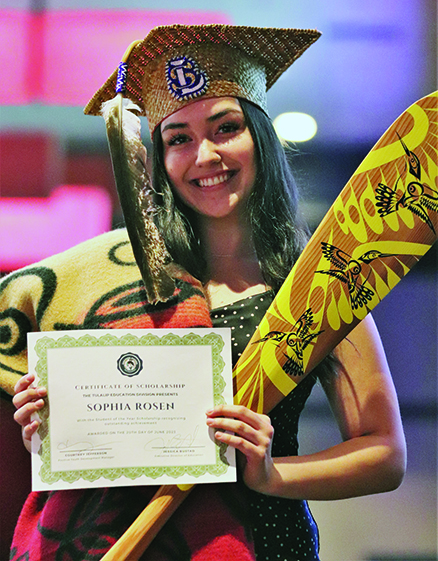
“My grandma Benita always made sure I knew of the resources the Tribe makes available for us and to utilize as much as I could. Something as simple as the tutoring program made a significant difference for me because I went to a very large public school where one-on-one time with the teachers wasn’t practical. By utilizing the Tribe’s tutoring program, I received the help and support I needed to feel confident in all my classes,” shared Sophia.
“My advice to all our younger Tulalip students or really any Native American youth is there is no one you can work harder for than yourself,” she added. “You shouldn’t feel less motivated to achieve great things in school or excel in the classroom because of the stigma around being a good student or being stereotyped because of where you live or what family you come from.”
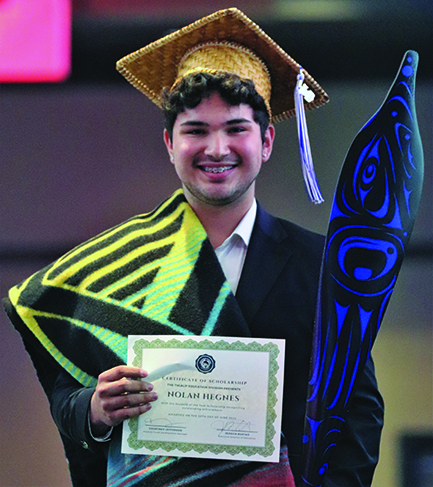
Meanwhile Nolan, Senior Boy of the Year, attended Grace Academy for the last twelve years and maintained a stellar 3.85 G.P.A. He represents Tulalip as the only Native American in his graduating class. Nolan holds a black belt in Kung Fu, mentors his younger Kung Fu peers, and has shown leadership and mentorship skills working with children in our community. Most noticeably, he’s excelled on the golf course, whether on his high school golf team or in the Boys & Girls Club charity tournament. He’s participated in the National Honor Society since 10th grade, wherein he dedicated himself to maintaining his high academic standing and sought to give back to his tribe by volunteering at the Boys & Girls Club.
Nolan’s mentors said his best attributes are his tremendous character, excellent teamwork ability, calm demeanor, and always respectful attitude. He’s been accepted into Arizona State University, where he’ll be pursuing a degree in architecture.
“My parents have always instilled in me and my sister that education is everything,” said Nolan. “I have countless memories of my father reminding me that ‘no one can ever take away your education’. I’ve taken this lesson to heart and feel like by getting the most education I can, then it not only benefits me but my family and community as well. We are so fortunate as Tulalip tribal members to have the financial support to pay for our schooling. It’s such a great thing. I do my best always to remember that so many don’t have the opportunity that we do to have school paid for, and it motivates me to dream bigger, too. With the support of my family and tribe, I intend to become Tulalip’s first architect.”
Becoming leaders of the present may seem daunting to most young adults who have grown accustomed to daily consistency and certain comfort levels provided by the modern educational structure. However, these Native youth have been bucking the trend and blazing new paths to academic success without realizing it. They’ve outperformed long-held stigmas about Native Americans and school systems, they’ve overcome the odds that stated they wouldn’t earn a high school diploma, and all the while, they broke down barriers that prevented previous generations from attending college.
For our students, their ability to thrive in the westernized school system not built for them and still be able to excel and graduate with notoriety means not only proving the doubters wrong, but proving their ancestors right. The right for future generations to be educated and be given the opportunity to pursue a Bachelor, Master or Doctorate degree was something previous tribal leaders fought and even sacrificed for. Their vision comes true every time an Indigenous citizen boldly ventures off to a University equipped with the strength of culture and a tribe’s worth of support.
The annual graduation banquet culminated in a ballroom’s worth of support hoots and hollers as each graduate strutted down the red carpet to a podium where education staff and school district representatives awaited them. Each inspired Native was given congratulatory handshakes, hugs, and a stunning Pendleton travel bag as a graduation gift.

